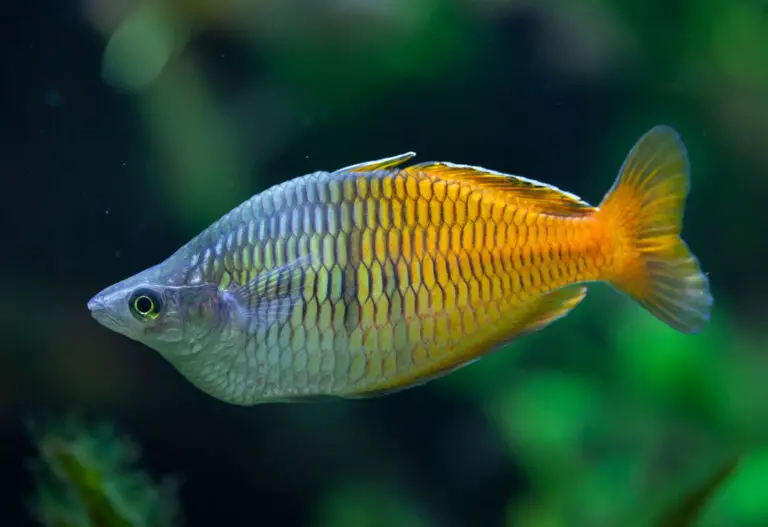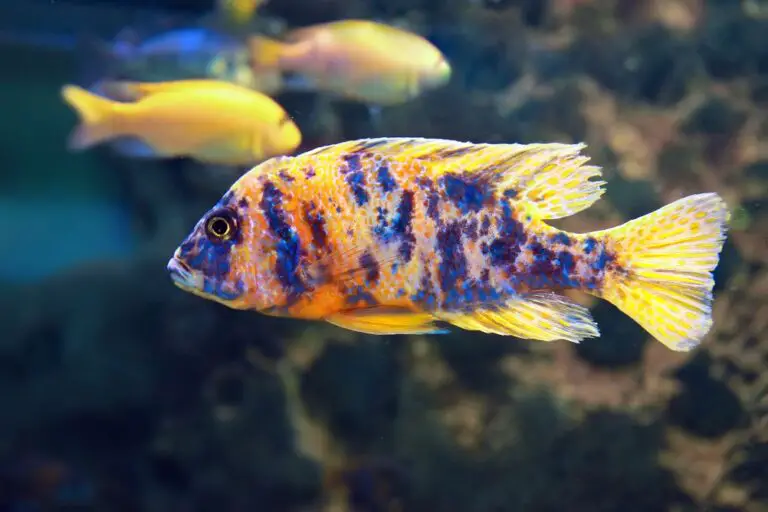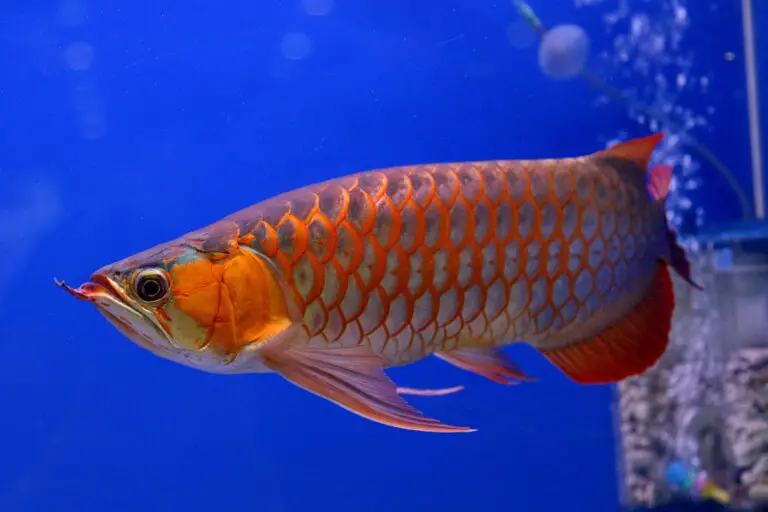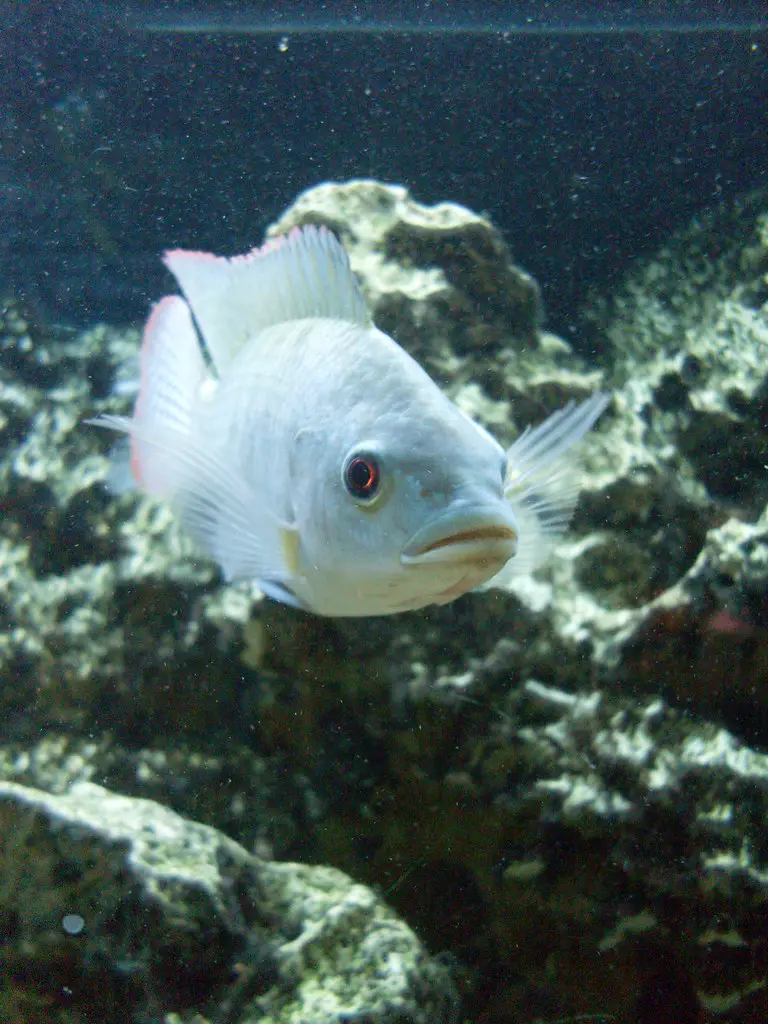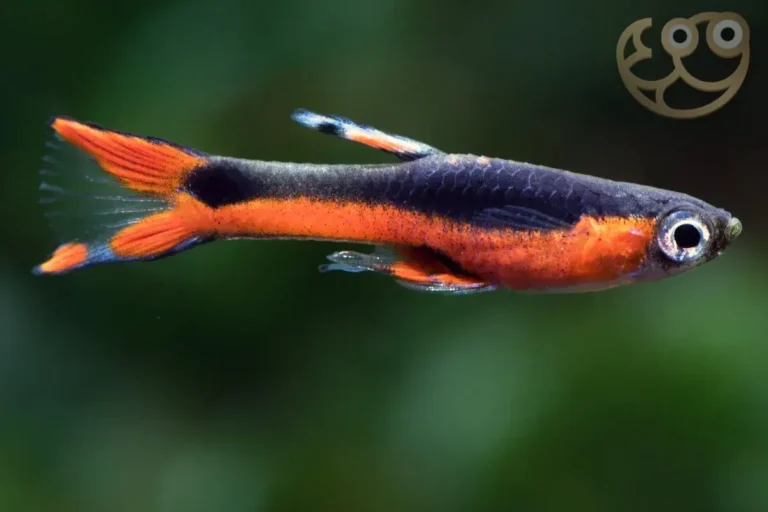Mysterious Plecos: Cleaners of the Tank
There’s a silent hero among the denizens of your aquarium, a cryptic crusader that scours the crevices of your tank, battling the invasion of algae with quiet diligence. This unsung sentinel is none other than the Plecostomus fish, often referred to as “plecos” by enthusiasts. Beyond their enigmatic allure, Plecos play a crucial role in maintaining the biodome of your aquatic world. Aquarium keepers across the globe have long been captivated by the charm and utility of these fish, and in this piece, we’ll explore the multifaceted world of Plecos, uncovering the secrets that make them such a cherished addition to any aquatic ecosystem.
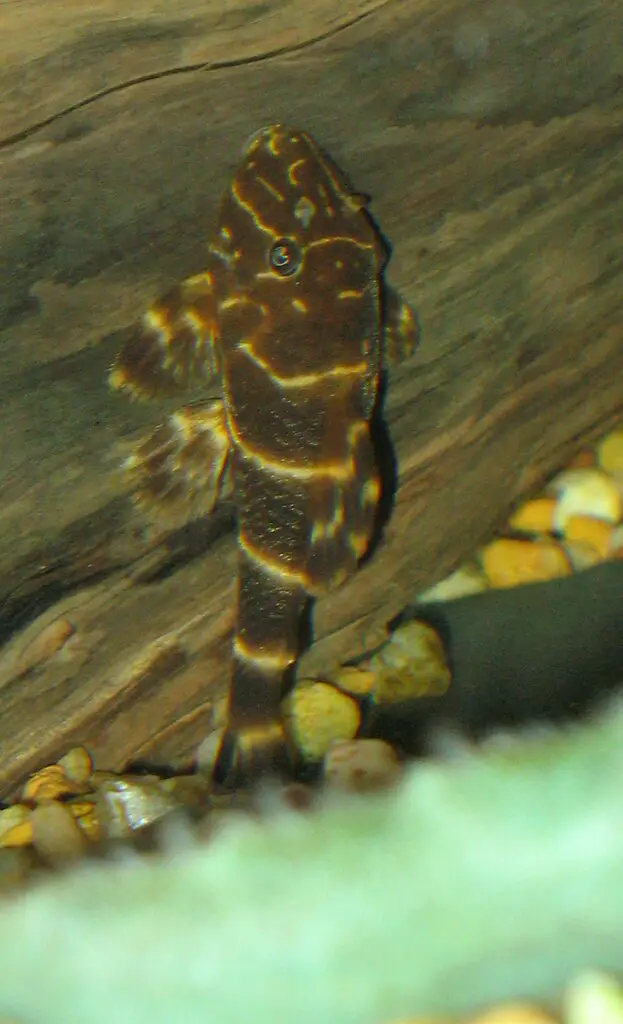
The Pleco Panoply: A Diverse Cultural Tapestry
A stunning fact about Plecos is the sheer diversity within their species. From the diminutive Otocinclus Catfish to the colossal Pterygoplichthys Gibbiceps, Plecos come in a breathtaking array of sizes, colors, and patterns. These inimitable features are more than just aesthetic; they are a testament to the ecological niches that these fish occupy in the wild.
The Sailfin Pleco, recognizable by its flamboyant dorsal fin, or the Bristlenose Pleco sporting a comb-like arrangement of facial appendages, hint at the fascinating adaptations that these creatures have evolved to thrive in their respective habitats. Each species has its own quirks and preferences, enriching the tapestry of your tank with diversity and intrigue.
A Day in the Life of a Pleco
Plecos are creatures of habit, often shunning the bustle of the aquarium’s diurnal life for the peace of the night. They are nocturnal by nature, which is why you may find them most active during the twilight hours, elegantly fussing over the tank’s scenery with their puckered mouths, making light work of the algae that otherwise mottle the tank’s pristine glass.
Plecos often exhibit “territorial” traits, favoring a particular hideout or natural crevice that offers the solitude and shelter they crave during the day. They’ll fiercely defend this space, albeit unobtrusively, when they retreat to it, signaling their need for a private sanctuary even in the synthetic simulacrum of an aquarium.
Allies and Cohabitants: Plecos in a Community
Plecos are known for their affable disposition and are among the most sociable of the bottom-dwelling fish. They make excellent community tankmates, usually avoiding the conflicts of upper-strata disputes, unless provoked or scrambling for sustenance.
Their diet is predominantly herbivorous, which, when translated to social dynamics, means they are the amiable vegetarians of the tank world—equally content to graze peacefully alongside a menagerie of species without succumbing to predatory instincts.
Nurtured, Not Neglected: The Care and Keeping of Plecos
Caring for a Pleco requires thoughtfulness and consideration, starting with the setup of your tank. A seasoned aquarist knows that a well-aerated, adequately filtered tank with plenty of vegetation and hiding spots is the groundwork for fish health, and Plecos are no exception.
Provide them with enough space to grow—the larger species, in particular, need room to accommodate their eventual size. A balanced diet is crucial; algae wafers, blanched vegetables, and the occasional carnivorous treat will keep them in robust health.
Regular water maintenance is essential. Consistent water changes, maintaining the right pH, and periodic tank cleanings ensure that Plecos thrive in an environment that mirrors the purity of their natural habitats.

Clearing the Waters: Unraveling Misconceptions About Plecos
One common fallacy is the perception of Plecos as “algae-eaters” to the exclusion of their more varied diet. While algae is an important component, it should not constitute the entirety of their sustenance. Additionally, the belief that they can subsist solely on the contaminants in the tank can lead to malnutrition and a weakened immune system.
Another misapprehension is that undersized tanks are suitable for Plecos. While these fish are often sold when young and small, their potential size must be taken into account. A small tank can stunt their growth, leading to deformities and health complications.
Sustainable Aquaristics: Preserving Plecos in Their Natural Realm
The growing popularity of Plecos in the aquarium trade has also led to concerns about their wild populations. Responsible aquarists seek sustainability, opting for captive-bred Plecos to prevent the depletion of their natural habitats.
By educating the community and supporting initiatives that promote the welfare of both captive and wild populations, we can maintain Plecos’ ecological balance. This echoes a broader ethos of stewardship that should underpin all aspects of aquarium keeping.
The Lure of the Loricariidae: A Conclusion
Plecos, with their mystique and mastery over the maintenance of aquatic ecosystems, are fixtures in the world of aquarium enthusiasts. From their exotic origins to their captivating habits, Plecos enrich the lives and knowledge of those who care for them, underscoring the intricate symbiosis that defines the aquarium hobby at its finest.
Inclusion, understanding, and responsible stewardship—these are the touchstones of the Pleco’s legacy in the world of aquaristics. By heeding these principles, every aquarist, new or seasoned, can unlock the full potential of their Plecos, ensuring that these enigmatic allies in the tankscape continue to flourish, both within our homes and in the wild realms they call home.


